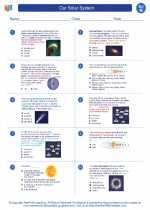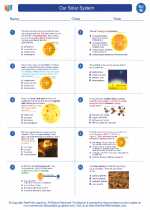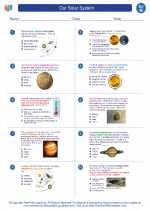Windy
Windy conditions refer to the presence of strong and gusty winds in an area. Wind is the movement of air from an area of high pressure to an area of low pressure, and it is caused by the uneven heating of the Earth's surface by the sun. Wind can vary in intensity and speed, and it plays a significant role in shaping the Earth's climate and weather patterns.
Factors Contributing to Windy Conditions
Several factors can contribute to windy conditions, including:
- Pressure Gradient: The rate at which air pressure changes over a certain distance. A steep pressure gradient leads to stronger winds.
- Coriolis Effect: The deflection of air due to the Earth's rotation, which causes winds to curve rather than move in a straight line.
- Topography: The shape of the land can influence wind patterns, with features such as mountains and valleys affecting the speed and direction of the wind.
- Surface Friction: The roughness of the Earth's surface can slow down the movement of air near the ground, impacting wind speed.
Impact of Windy Conditions
Windy conditions can have various impacts on the environment, human activities, and natural processes, including:
- Weather Patterns: Winds play a crucial role in shaping weather patterns, influencing the movement of air masses, the formation of storms, and the distribution of precipitation.
- Ecological Effects: Strong winds can affect plant and animal life, dispersing seeds, pollen, and spores, as well as shaping the growth of vegetation in windy environments.
- Human Activities: Windy conditions can impact outdoor activities, transportation, and infrastructure, particularly in areas prone to strong winds such as coastal regions.
- Renewable Energy: Wind energy is harnessed through technologies like wind turbines, making windy conditions valuable for generating electricity from renewable sources.
Studying Windy Conditions
When studying windy conditions, it is essential to consider various aspects, including the measurement and analysis of wind speed, direction, and patterns. Meteorological instruments such as anemometers, wind vanes, and wind socks are used to measure and monitor wind conditions. Additionally, studying the impact of wind on different environments and human activities involves interdisciplinary approaches that combine meteorology, ecology, geography, and engineering.
Understanding the causes and effects of windy conditions is crucial for predicting and adapting to changes in the Earth's climate and weather systems, as well as for developing sustainable strategies for utilizing wind energy and managing the impacts of strong winds on natural and human environments.
By examining the factors contributing to windy conditions, their impact on the environment, and the methods for studying and understanding wind patterns, individuals can gain a comprehensive understanding of this important aspect of Earth's atmospheric dynamics.
.◂Science Worksheets and Study Guides Eighth Grade. Our Solar System

 Worksheet/Answer key
Worksheet/Answer key
 Worksheet/Answer key
Worksheet/Answer key
